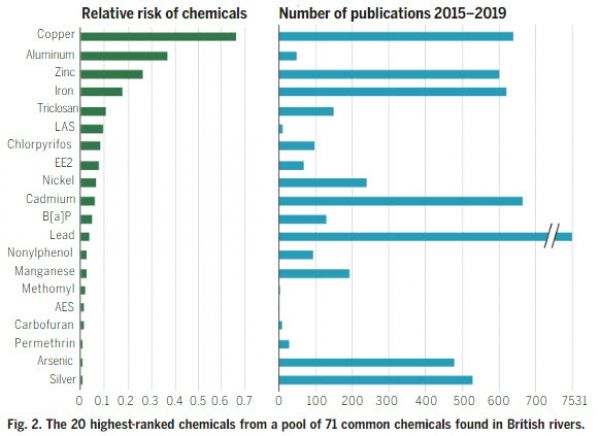The analysis, led by the UK Centre for Ecology & Hydrology (UKCEH), says the sheer number of chemicals and substances is making it increasingly challenging to carry out the risk assessments required to check all products are completely safe for wildlife.
The EU’s REACH (Registration, Evaluation, Authorisation and Restriction of Chemicals) regulation 2006 set an important precedent – that the onus to demonstrate a chemical was safe for humans and the environment should lie with the manufacturer. However, out of more than 100,000 chemicals on the market in Europe, only a small fraction have been thoroughly evaluated for their potential harmful impacts on humans and the environment.
Professor Andrew Johnson of UKCEH, lead author of the paper, explains that, for example, there has been a lot of evaluation of the effects of pesticides on the environment but not washing detergents, despite their widespread use. He adds pharmaceuticals do not need an environmental risk assessment, and there has been little research into the potential impacts of several key classes of drugs on wildlife.
Meanwhile, weak regulations or inconsistent local enforcement have contributed to the creation of severe pollution hotspots in some parts of the world, particularly Asia where chemical sales are more than 60% higher than the US and EU combined, according to Professor Johnson and his co-authors.
Continue reading at UK Centre for Ecology & Hydrology
Image via Science Magazine


